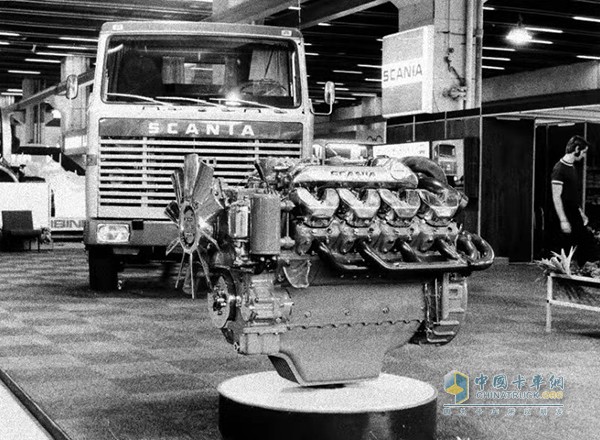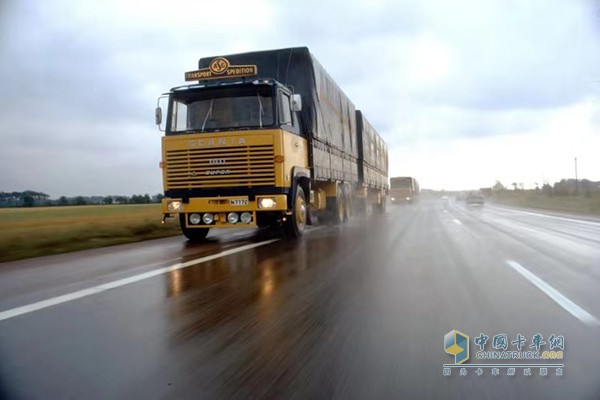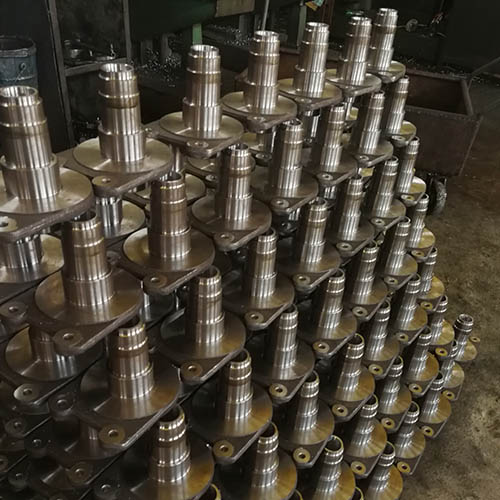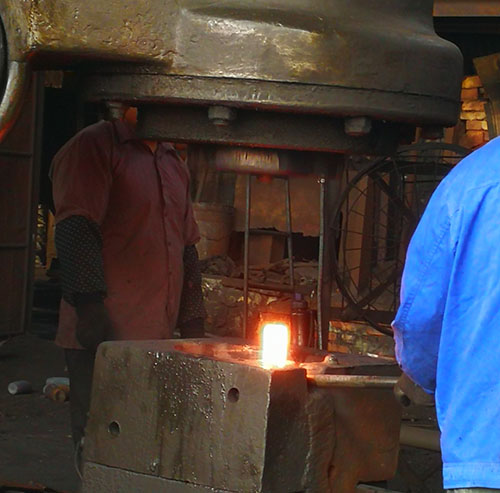Classic casts legend - 50th anniversary of the birth of the Scania V8 engine
In the late 1960s, the 14-liter V8 diesel engine developed by Scania engineers shocked the world once it was launched. Many people think it is unthinkable: "350 horsepower, is this true?" Their horror is not without Reason, because at the time long-distance trucks were generally 250 horsepower. With the improvement of road conditions and the need to improve transportation efficiency, Scania foresees the demand for high-powered engines, and the V8 engine came into being. Today, Scania offers 520 to 730 horsepower V8 engines that meet Euro 6 emission standards, which are more popular than ever. Those who don't understand truck or engine technology can hardly understand the Scania's modern V8 engine. Of course, Scania has developed and updated the engine several times over time. But the basic concept - eight cylinders in a V-shape, and the power output beyond most competitors' products remain the same. Why is the V8 highly successful and highly sought after? Alexander Vlaskamp, ​​senior vice president of the Scania Trucks Division, said: "This involves many factors. I think this is the result of multiple rational and emotional factors. But in this cost-conscious industry, if Scania If the V8 is not very efficient, it is not enough to have love." Long-lasting For half a century, the Scania V8's durability, fuel economy and power have brought a unique experience to customers around the world. In terms of engine development, 50 years is a fairly long time span, and the V8 engine continues to evolve. The Scania V8 is now the same as the first generation V8, with only the basic design, modular concept and typical sound. The first 14.2 litre engine introduced in 1969 weighed 334 kg. Thanks to improvements in materials and technology, today's 16.4-liter engine is larger in size and nearly doubles in output power: the first V8 engine has a torque of 1,245 Nm at 1500 rpm. Today's most powerful 730-horsepower engine delivers 3,500 Nm of torque at 1000 rpm. Not only power output, but also many aspects related to power output have been improved, with many more advanced and demanding auxiliary systems. This also reflects the most significant difference between the old and new engines - fuel consumption. Today's low-speed, high-torque engines consume only two-thirds of the engine in the 1970s, and the average speed is much higher than the latter, and emissions meet European standards. In the 1970s, emissions control was almost unheard of. The Euro 1 standard was introduced in the 1990s and became a mandatory standard in 1993. In September 2019, the Euro 6d emission standard was implemented and Euro 7 will be implemented in the near future. The NOx limit for the Euro 1 standard is 8.0, and today this limit is 0.46. Scania engine emissions exceed legal requirements. Innovative design Eight cylinders, divided into two groups of four, each with a 90 degree angle between each cylinder and connecting all the connecting rods to the same crankshaft. This design makes the V8 engine shorter and lower, therefore In-line engines of the same capacity are easier to install under the cab. The shorter crankshaft is stronger than the longer crankshaft required for the inline 6 cylinder. Multi-cylinder engines can theoretically output higher power than engines with fewer cylinders. It is no coincidence that high-performance luxury cars use V8 engines. In the four-stroke V8 engine produced by Scania, one cylinder fires once every 90 degrees of crankshaft rotation. Therefore, when each crankshaft rotates once, the two cylinders are sequentially ignited, providing stable power transmission. . Business success Scania V8 engines have always been more expensive than "ordinary" powertrains, especially because of their superior productivity and attendance. From a business perspective, the V8 engine business is of great significance to Scania. Vlaskamp said: “They have always been at the top of the value proposition, but Scania customers are willing to pay for durability and high horsepower. From a true overall operational economy perspective, Scanni is calculating productivity and profitability. The sub-V8 always proves its value. Our V8 customers are constantly adding additional purchases, and these vehicles are also attractive in the used truck market." Continued success In 2017, Scania launched the latest V8 engine, which has won praise for its outstanding fuel economy. The new 520, 580 and 650 hp products save 7%-10% of fuel for customers with heavy loads and higher average speeds. The latest 520, 580 and 650 engines complement the 730-horsepower engine, and each engine delivers the best performance for its customers. In every application, with the right shaft and gearbox, these engines can handle almost all the challenges, they can transport goods weighing up to 250 tons. The market needs larger and longer trucks to significantly reduce CO2 emissions per ton-km. From a sustainability perspective, the new generation of V8 products is what Scania has launched to address these needs and trends. Future The design of the V8 engine is widely acclaimed. Will Scania continue to develop this platform? Given the rise of electrification and the end of the fossil fuel era, is it feasible to continue to develop the V8 engine? “The answer to this question has a lot to do with the angles and time horizons that people see. Scania believes that almost all trucks will eventually be electrified. Motors have many features and advantages that cannot be ignored. Current electric solutions on the market. It's still hard to replace the V8 engine. Trucks that transport heavy cargo over long distances still rely on internal combustion engines to power them. I believe the V8 will continue to show its talents until more efficient and lower-priced batteries are available, and better charging facilities are in place.†Vlaskamp Said: "At present, all of our Euro 5 and Euro 6 V8 can already use hydrogenated vegetable oil fuel, and 580 horsepower engines can also use biodiesel such as fatty acid methyl ester (FAME) / rapeseed methyl ester (RME)."
Die forging is one kind of forging parts.
Forging can produce the work piece which is stronger than an equivalent cast or machined part.
Forging parts is mainly for steel parts , which with higher requirement on strength and density.
This way is with advantages of higher pressure, better density and better surface compared with casting parts and Machined Parts.
Other advantages from my factory:
1. High and stable quality.
2. Short lead time.
3. Strict control on raw material sourcing and after production inspection.
Die Forgings Die Forgings,Open Die Forgings,Closed Die Forging,Die Making Forging Dandong Hengrui Machinery Co., Ltd. , http://www.hrcastings.com Scania V8 debuted at the IAA Motor Show in Germany in 1969
Scania V8 debuted at the IAA Motor Show in Germany in 1969  Scania LBS 140 Supe produced in the 1970s
Scania LBS 140 Supe produced in the 1970s  Scania S 730 4x2
Scania S 730 4x2 
